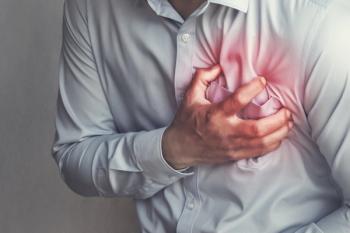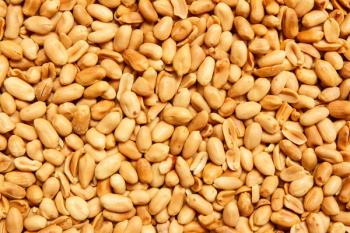
Insufficient Sleep Linked to Biological Aging, Increased Risk of CVD Through Wearable Trackers
The use of wearable trackers found a link in patients reporting insufficient sleep with biological aging and increased risk of cardiovascular disease, according to study findings.
The use of wearable trackers found a link in patients reporting insufficient
Insufficient sleep has been linked to adverse health outcomes such as obesity, hypertension, CVD, and premature death. The utilization of wearable trackers, which can measure sleep duration and sleep stages with integrated heart rate (HR) sensors, have remained relatively uncharacterized in generating sleep metrics for sleep-related biomedical research. Currently, sleep-health interactions rely on 3 methods to quantify sleep; sleep questionnaires/diaries, actigraphy, and polysomnography (PSG), which the authors noted as all having their distinct limitations.
The growth of wearable trackers from simple and low-cost fitness devices to more sophisticated and multi-functionable smartwatches has increased its potential as a source of accurate data measurement. Prior studies have shown consumer wearables, such as Fitbit and Jawbone, to perform similarly to actigraphs in that they were accurate in detecting sleep but did less well in detecting wake. A previous study by the authors additionally exhibited the efficacy of Fitbit-derived sleep tracking data in showing the differences in sleep patterns among a study cohort.
Researchers sought to expand on the limited research conducted on consumer wearables by addressing a variety of factors not yet examined in previous studies:
- Researchers compared wearable-derived and self-reported sleep metrics from the Pittsburgh Sleep Quality Index (PSQI), particularly sleep time (TST) and sleep efficiency (SE)
- Demographic, socioeconomic, and lifestyle factors (such as age, gender, occupation, and alcohol consumption) were identified to find associations with wearable derived TST
- Volunteers also comprehensively profiled for CVD risk markers and for leukocyte telomere length (LTL), a biomarker of aging
The study analyzed questionnaire responses, multi-model phenotypic data, and sleep tracking data generated from Fitbit Charge HR wearables for 482 Singaporean volunteers.
Study results showed that wearable devices, when compared to the PSQI, exhibit independent measures compared to subjective measures of sleep quality. When determining the relationship of wearable-derived sleep metrics to biomarkers such as CVD and LTL, however, a significant association was found in the data.
Multi-model phenotypic data analysis showed that wearable-derived TST and SE were associated with CVD risk markers such as body mass index (TST β = —5.683; 95% CI, –1.111 to –2.735; P = .040; SE β = —1.089; 95% CI, –2.127 to –5.105; P = .040) and waist circumference (TST β = 1.100; 95% CI, —1.499 to 1.720; P = .893; SE β = —4.103; 95% CI, –7.169 to –1.036; P = .009), that were not found in self-reported measurements.
For the link between wearable-inferred sleep insufficiency and premature telomere attrition, wearable-derived TST was associated with a measurement of LTL known as quantitative polymerase chain reaction (qPCR) (β = 7.288; 95% CI, 8.318 to 0.001; P = .028), which was not found in the self-reported measurements (β = 0.020; 95% CI, —0.015 to 0.055; P = .258).
Co-lead study author Lim Weng Khong, chief information officer at SingHealth Duke-NUS PRISM and assistant professor in the cancer and stem cell biology program at Duke NUS Medical School,
In stressing the efficacy of wearable devices, senior author Patrick Tan, director of SingHealth Duke-NUS PRISM and professor in the cancer and stem cell biology program at Duke-NUS Medical School, said, “researchers can leverage wearables to obtain precise data such as sleep patterns more efficiently and can analyze large sets of data at 1 time.”
“The growing adoption of wearables in Singapore means that more volunteers can contribute data from their own devices, providing further insights into health and disease," said Tan.
Reference
Teo JX, Davila S, Yang C, et al. Digital phenotyping by consumer wearables identifies sleep-associated markers of cardiovascular disease risk and biological aging. Commun Biol. 2019; 2: 361.
Newsletter
Stay ahead of policy, cost, and value—subscribe to AJMC for expert insights at the intersection of clinical care and health economics.

















































